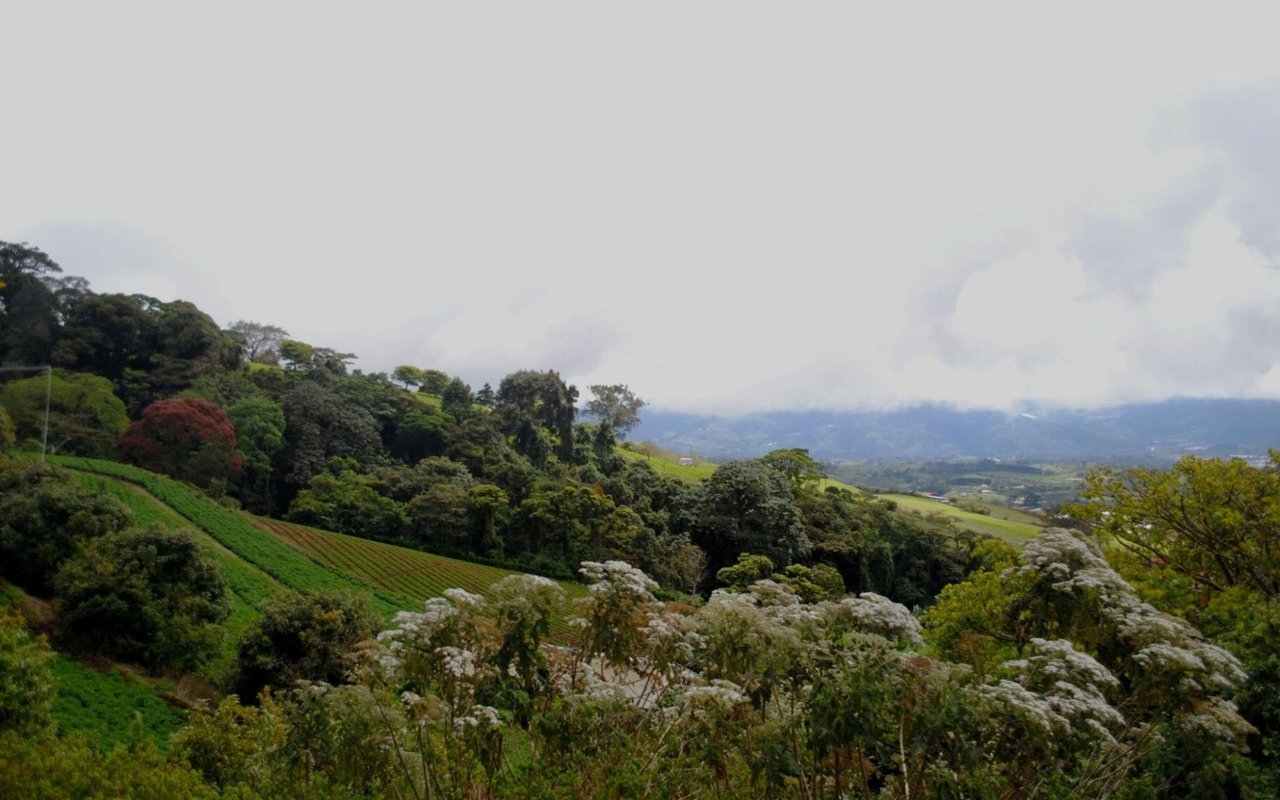A stunning mix of cultural influences, as well as rich natural resources, have shaped the face of Costa Rican cuisine. This is literally a place that has every imaginable kind of produce and an impressive collection of national dishes. That’s why you’ll probably need weeks, maybe even longer to get a deep and authentic understanding of Costa Rica’s food.
Apart from encompassing local traditions, big cities like San Jose also pay homage to international culinary movements. This creates an amazing and delicious mishmash bound to satisfy every single taste and preference. It’s up to you to decide whether you’ll head to rural areas for a day of traditional enjoyment or if you’ll savor the more modern, urban take on some classics.
Indigenous Roots and Traditional Dishes
The country is home to eight indigenous peoples and all have contributed to Costa Rica’s culinary traditions.
Fresh vegetables, as well as locally grown and sourced ingredients, are combined with herbs and spices to create incredible and very specific flavor profiles. While traditional Costa Rican food is often described as “mild” in comparison to other Latin American cuisines, it has character and distinctive flair.
Beans, green plantains, yucca, and white rice are all very common ingredients. Tortillas and pancake-like chorreadas feature among the foods that have their roots way back in time. In fact, some of the recipes date back thousands of years and have been preserved till the present day.
Some traditional recipes have been mixed with European and African influences during the colonization era. This historic period added even more flavor and originality to Costa Rican food. Many of the most prominent recipes today, including the wide majority of sweets, have a Spanish cuisine origin.
The Traditional Food of Costa Rica: Most Typical Dishes
Curious about the most popular traditional dishes Costa Ricans love to eat? Here are a few of them:
- Arroz con palmito: Palmito (the inner part of the bud of the palm tree) and white rice gratin come together in this delicious recipe. An indigenous ingredient, palmito has a very specific acidic flavor that works really well in salads, soups, and picadillos. This popular dish is creamy and very satisfying, and you’ll find it in almost any restaurant.
- Gallo pinto: A nutritional breakfast dish that brings together rice and beans. Cilantro, red peppers, and other local ingredients are mixed with the two main components to give pinto a boost of flavor.
- Sopa negra and sopa de pejibaye: Sopa negra is made of black beans and it carries a lot of Mexican influence. The black bean soup is creamy, thick, and comforting while also carrying some freshness from cilantro and oregano. It is often served with a hard-boiled egg. Sopa de pejibaye uses another ingredient cultivated from palm trees. Pejibaye or palm fruit is very mild and starchy but it’s mainly known for its distinctive texture. Sopa de pejibaye is a hearty soup that showcases a local ingredient in the best possible way.
- Olla de carne: No Costa Rican cuisine list will be complete without this beef stew on it. Olla de carne is very hearty and satisfying. Lean beef is cooked with various veggies like plantains, carrots, onions, taro root, and others. It’s often served with a side of rice or beans.
- Casado: Often considered the most traditional Costa Rican dish, casado contains an abundance of textures and flavors because it’s usually a mix of various foods. Among the most common ingredients, you’ll find rice, beans, tortillas, fried platano maduro, sadad, and cooked meat. Casado variations can be discovered across the country, although it originates in central Costa Rica. In San Jose, it can often be served with a side of spaghetti at street food stalls. Vegetarian and vegan casado options are also available.
- Arroz con leche: Moving into dessert territory, arroz con leche (rice with milk) deserves a special mention. While the recipe for this Costa Rican dessert seems simple (cooked white rice mixed with milk), arroz con leche can carry lots of complex flavors. Lemon zest and cinnamon add to its richness.
- Tamal: While the tamal carries some similarities to a tamale, it’s also very different. The Costa Rican tamales are made from corn dough wrapped in plantain leaves to cook. A meat filling is very common (pork tamales are typical but you’ll also find chicken and beef fillings) and is usually served in pairs called pinas. Needless to say, they’re considered popular street foods alongside classics like arroz con pollo, bean dishes, and vegetable stews.
Don't see the property you're looking for? We have more!
Pocket listings are listings that for confidentiality reasons or the owner's wishes, can't be shown on the site.
Modern-Day Cuisine: An Eclectic Mix That Creates Delicious Dishes
Imagine these delicious, common dishes and exciting culinary traditions being mixed with present-day influences brought in by globalization. The outcome is an exceptional fusion that has been redefining the nature of contemporary food in Costa Rica.
The most notable changes result from the effortless availability of brand-new ingredients. New styles of cooking have also been impactful.
It’s also interesting to point out that various chefs who have studied and worked abroad recently returned to Costa Rica. They have been doing their best to source local, sustainable ingredients and marry them with international culinary traditions. As a result of their efforts, the current Costa Rican restaurant scene in large urban areas is thriving.
Food as a Social Element
Food and socialization go hand in hand in Costa Rica. If you plan to relocate or spend more time here, you can use this opportunity to meet new people and get acquainted with the local warmth and hospitality.
Typically, Costa Ricans make their meals from scratch and use predominantly local ingredients. And since Costa Rica is considered the
sixth most welcoming country in the world, you can expect a lunch invitation from friends any time. Returning the favor is a good way to immerse yourself in the local community and become an active part of it.
There are also distinctive culinary traditions in the seven provinces of Costa Rica. Alajuela, for example, is known for its agricultural traditions. The produce there is exceptionally fresh and delicious. In the San Jose area, you’ll find many delicious recipes based on meat and herbs. If you
head to Guanacaste, you’ll enjoy the beauty of the sea and its
pristine beaches, but also an abundance of seafood and fresh tropical fruits. Guanacaste is also known for its delicious tamales and corn tortillas.
These differences provide wonderful opportunities to explore and understand Costa Rica and its provinces. Culinary tourism is a great way to start your journey,
no matter how long you plan to stay. Visiting different places will offer you the opportunity to explore various spectacular traditions and little rituals linked to the preparation, serving, and enjoyment of food. You’ll also quickly choose your favorite dishes that will eventually become a part of your very own culinary tradition.
And don’t forget to add a cup of coffee to your morning ritual. After all, this is Costa Rica we’re talking about!




